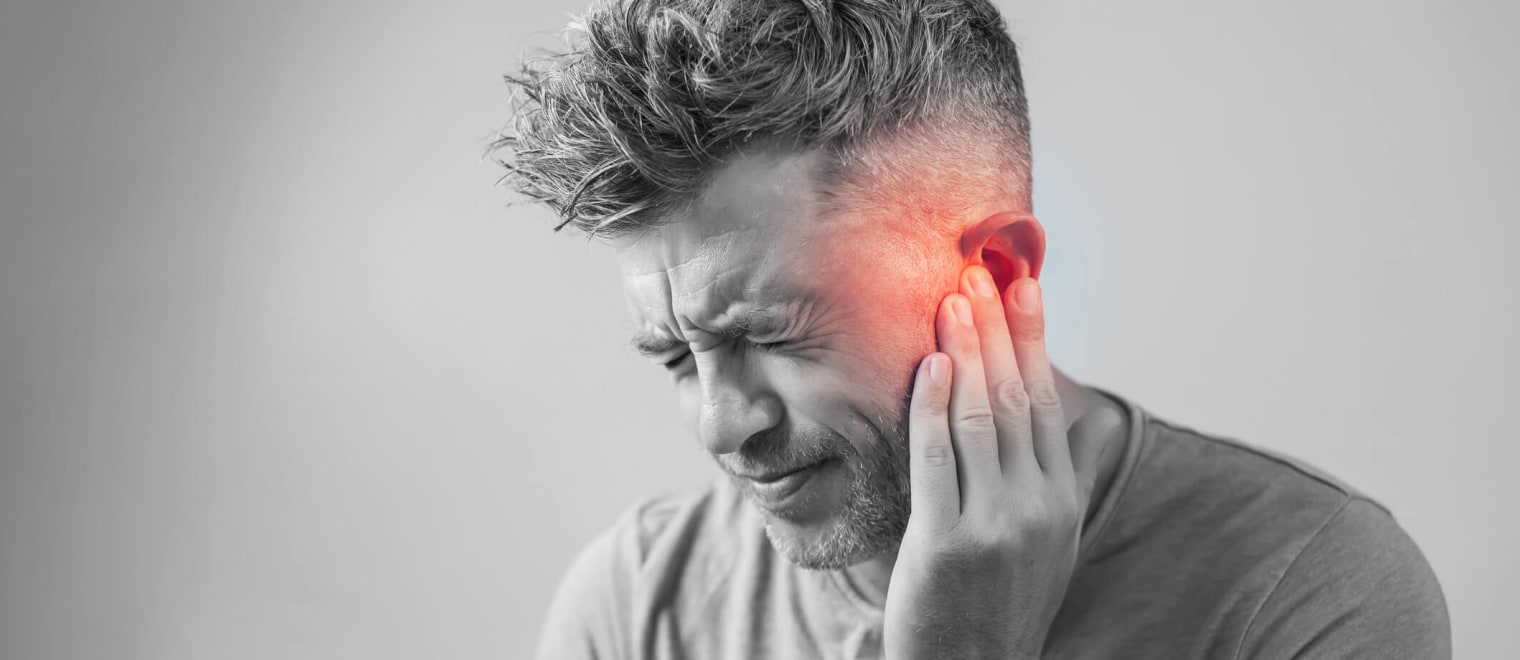This informal CPD article Severe hyperacusis: patients who find the sound level of a whisper uncomfortably loud was provided by Dr. Hashir Aazh at Rehabilitation and Therapy Skills Development, a Therapy Specialist Clinic offering Rehabilitation Programmes for Management of Tinnitus, Hyperacusis and Misophonia.
What is Hyperacusis?
Hyperacusis is intolerance of certain everyday sounds that causes significant distress and impairment in social, occupational, recreational, and other day-to-day activities (Aazh et al. 2016). Over 60% of patients with hyperacusis also suffer from anxiety and/or mood disorders (Aazh & Moore 2017b).
Diagnostic criteria for Hyperacusis
There are no widely agreed diagnostic criteria for hyperacusis. Some clinicians base the diagnosis on questionnaires, such as the Hyperacusis Questionnaire (HQ; Khalfa et al, 2002). Others use Uncomfortable Loudness Levels (ULLs) to determine the lowest sound level at which sounds are perceived as uncomfortably loud. For normal-hearing people the average ULL is about 100 dB HL (Sherlock & Formby 2005). People with hyperacusis often have lower than normal ULLs in one or both ears. Aazh and Moore (2017a) proposed that hyperacusis should be diagnosed if the across-frequency average ULL for the ear with the lowest ULLs is ≤77 dB HL and/or the HQ score is ≥22.
Uncomfortable Loudness Levels (ULLs)
ULLs may also used to assess the severity of hyperacusis. In a study published in the Journal of American Academy of Audiology, Aazh and Moore (2018) proposed that the criterion for diagnosing severe hyperacusis should be taken as a ULL of 30 dB HL or less for at least one of the frequencies: 0.25, 0.5, 1, 2, 3, 4, 6, and 8 kHz for at least one ear. They reported that 3.6% of patients (13 out of 362 consecutive patients) seen at the THTSC were diagnosed as having severe hyperacusis based on this criterion.
It is important to explore the characteristics of patients with such low ULLs, since such patients can be expected to have very severe problems in everyday life. The average sound level of a whisper or the background noise in a quiet library is about 30 dB SPL (ASHA 2015). For patients with ULLs close to 30 dB HL, almost all day-to-day environmental sounds might be perceived as uncomfortably loud.














